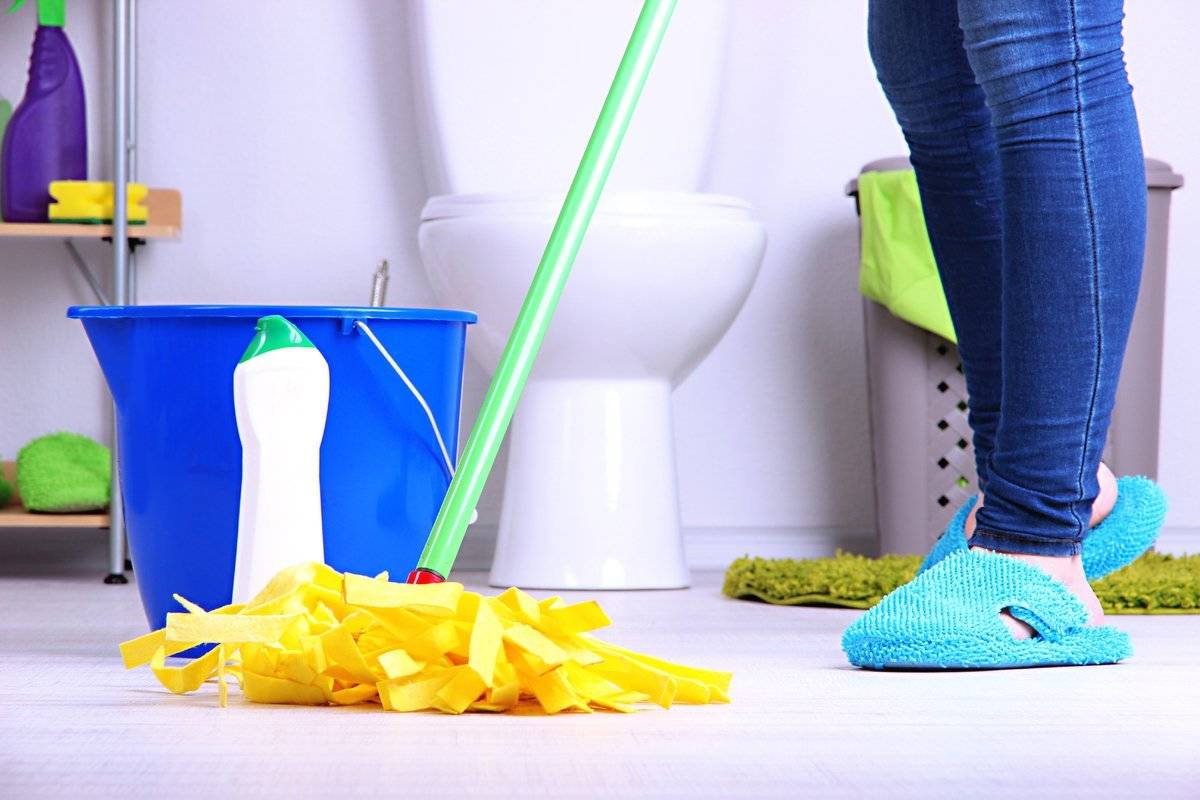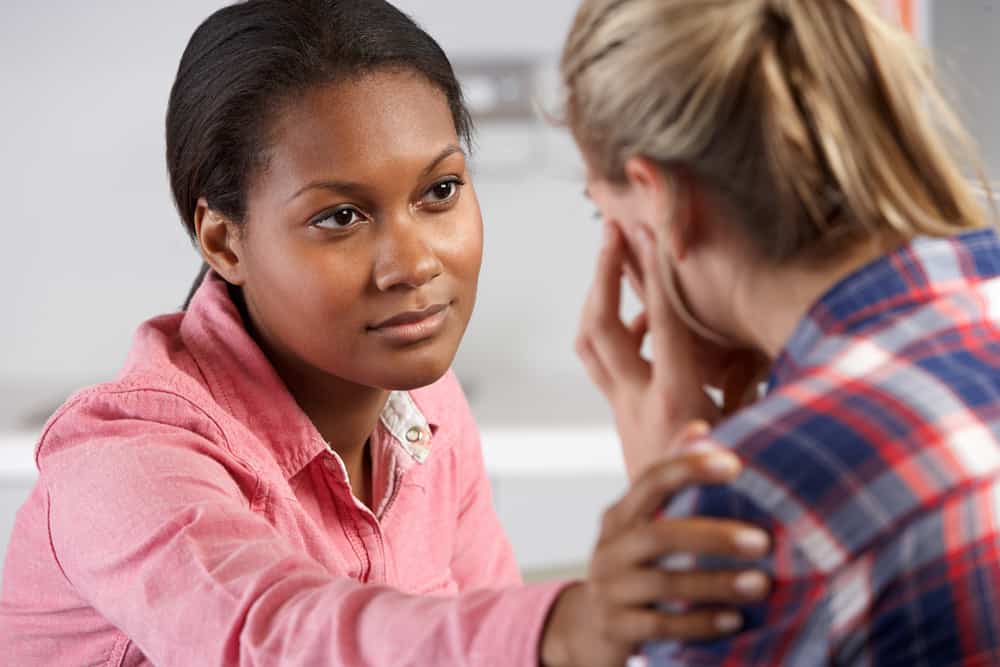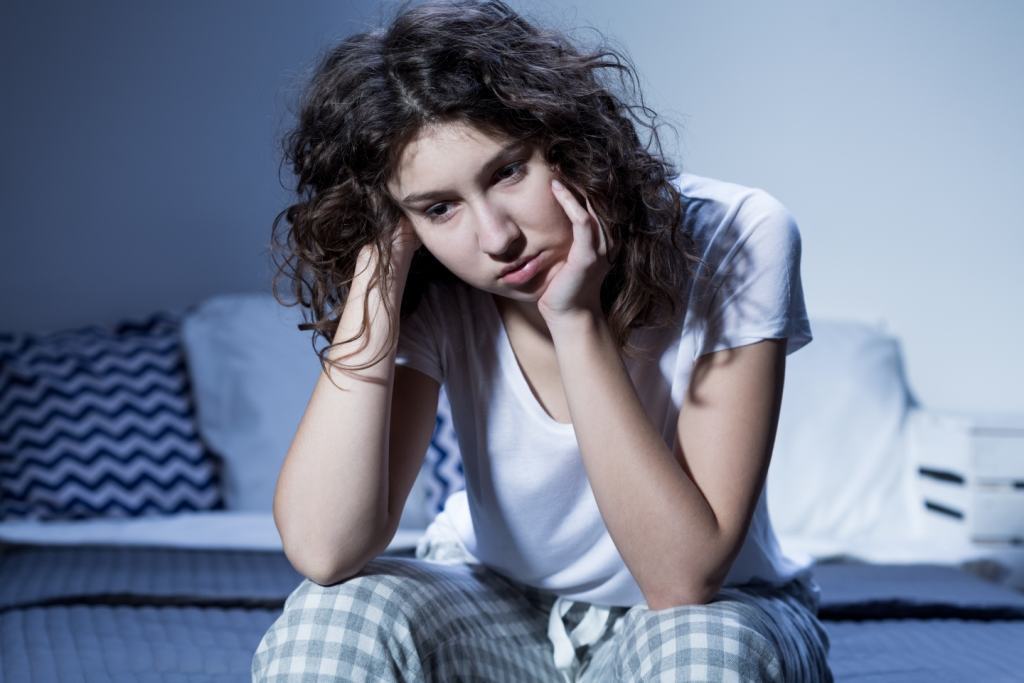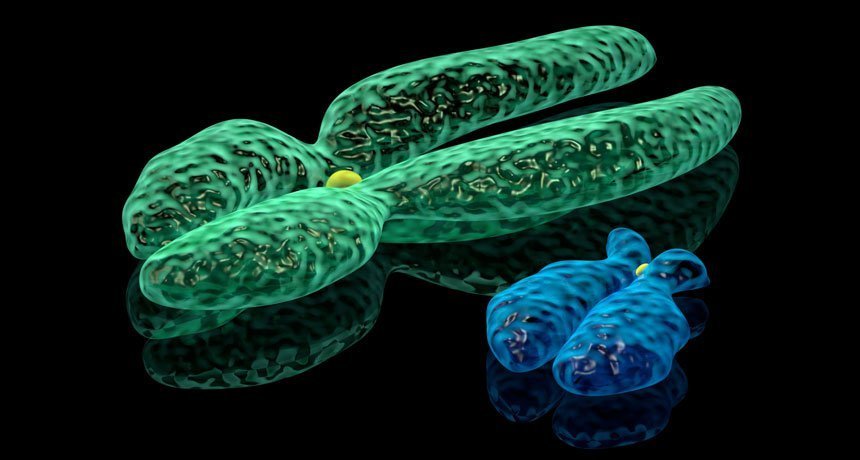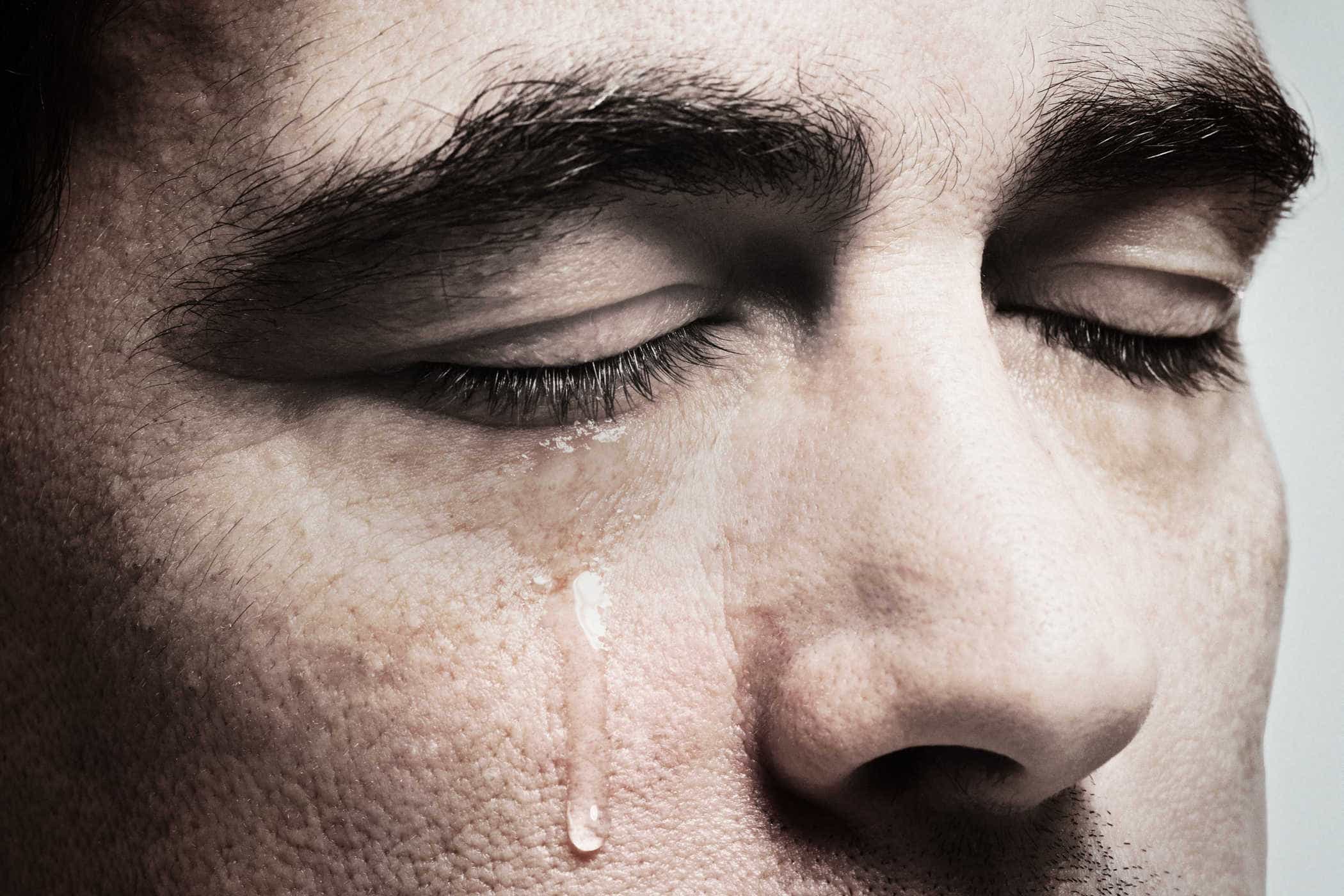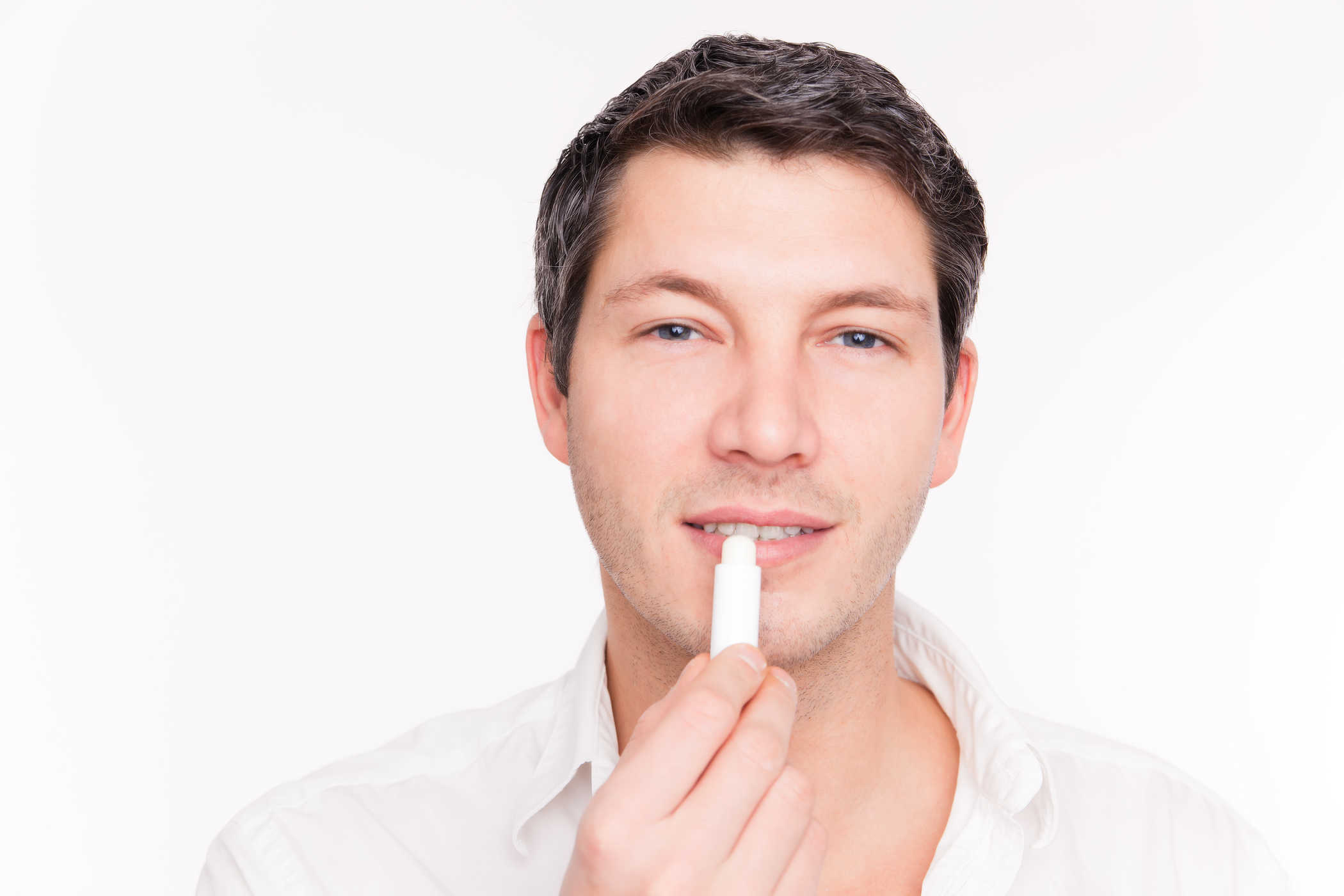Contents:
Medical Video: After Flood - Clean Up & Disposal Tips
The flood season can cause havoc on the structure of the house, personal property and assets, and the health of its inhabitants. Once the tidal flood has started to recede, this is a good time to start the recovery process.
There are several important things that you must do after being flooded to ensure the safety of your home and protect the safety of your family, while also preventing further damage to the house and its contents.
What to do before cleaning the house after being flooded
If the flood is serious enough to require you to evacuate out of the house, always be vigilant when deciding to return home. Even though the inundation water seems to have receded, it is possible that aftershocks will come and trap you inside the building.
1. Make sure the situation is safe
If there is still a puddle of water around the outside wall of your house, do not enter the house. You will not be able to confirm whether the building is safe or still sturdy.
2. Check the condition of the house
Check carefully for structural damage that is visible to the naked eye, such as a fence or a sloping wall, the foundation of the house is cracked or collapsed, broken glass, holes, broken electrical wires, and debris before entering the house.
Also check whether the door is stuck so it has to be broken down forcefully. This means the wood door has swollen. If caught at the top, the ceiling of the house may be vulnerable to collapse due to holding rain water inundation. Wet plaster or wall boards are very heavy and dangerous if they collapse. It is best not to return home until the authorities have confirmed that it is safe to do so.
READ ALSO: Beware of 6 Diseases That Lurk During the Flood Season
3. Turn off water and electricity sources
Machine and electrical equipment that might be flooded pose a risk of electric shock or shorting of fire when turned on. Do not use electrical equipment or other machines until the electrical components have been cleaned, dried and inspected by an electrician. Until help arrives, you should quickly turn off water, gas and electricity. If the main power switch has not been turned off before the flood, do not enter the house until the electrician has made sure your house is safe for entry.
Also check for gas leaks. You will know your house has a gas leak if you smell stinging gas that makes your head feel dizzy. Leave the house immediately (leave the doors and other vents open) and contact the local gas company from another location if you suspect gas or electricity damage.
READ ALSO: 4 Things to Look For When Choosing Insurance
Tips for cleaning the house after being flooded
After you get the green light from the authorities to start cleaning the house after being flooded, start by practicing good personal hygiene. Minimize direct contact with flood water or anything contaminated with dirty water using thick rubber gloves, special protective goggles and boots.
- Drain the puddles gradually and slowly. Because if the surface is still saturated and the water is drained too fast, the walls and floors of the house can collapse. Use a bucket or pump to remove water.
- Open wide doors and windows of the house to allow dry and fresh air to replace moist air. This makes everything dry faster so that the cleaning process becomes easier. You can also use fans or room heaters to speed up the air drying process.
- Spray any dirt on the wall and hardwood furniture with hot water and disinfectant detergent, then rinse several times and dry it properly. Start cleaning the wall from the bottom or where the worst damage occurs. Monitor for several days for mold and odor growth. You can also get rid of mold by rubbing the surface with alcohol.
- Prevent fungal growth by immediately removing wet items, such as curtains, carpets and blankets. Exposure to fungi can cause serious health problems. Depending on the severity, some items can still be saved by washing them in the laundry.
- Large furniture and tools such as mattresses and mattresses that are flooded for more than 48 hours are likely to be difficult to dry completely so they must be thrown away.
- Clean any work surfaces, plates, cups and other kitchen furniture with disinfectants before use. Discard all work furniture made of wood if it is completely flooded.
- Get rid of food and other things that can be quickly damaged or expired, such as makeup, medicine, and toiletries. Don't let the garbage pile up. Waste piles will cause other health hazards by attracting the attention of animals and insects. All canned foods that are in good condition (no large dents or seepage) must be washed and sterilized.
- Wash soft items (for example clothes, pillow cases, sheets) with detergent and warm water but separate them with dry clothes that are safe from flooding. Rinse and wash several times, dry quickly. If your washing machine is not wet, don't use it until you know that the water supply is clean enough to use and your sewer works well.
- Boil water for drinking and preparing food until the authorities tell you that the water supply is safe.
Do not overdo it when cleaning the house and its surroundings, and remember that fatigue, stress, difficulty sleeping, and anxiety are natural things when plagued by disasters. Make sure you and your family keep eating regularly and get enough rest.
READ ALSO: Rainy Season, Recognize Symptoms of Leptospirosis Bacterial Attack

